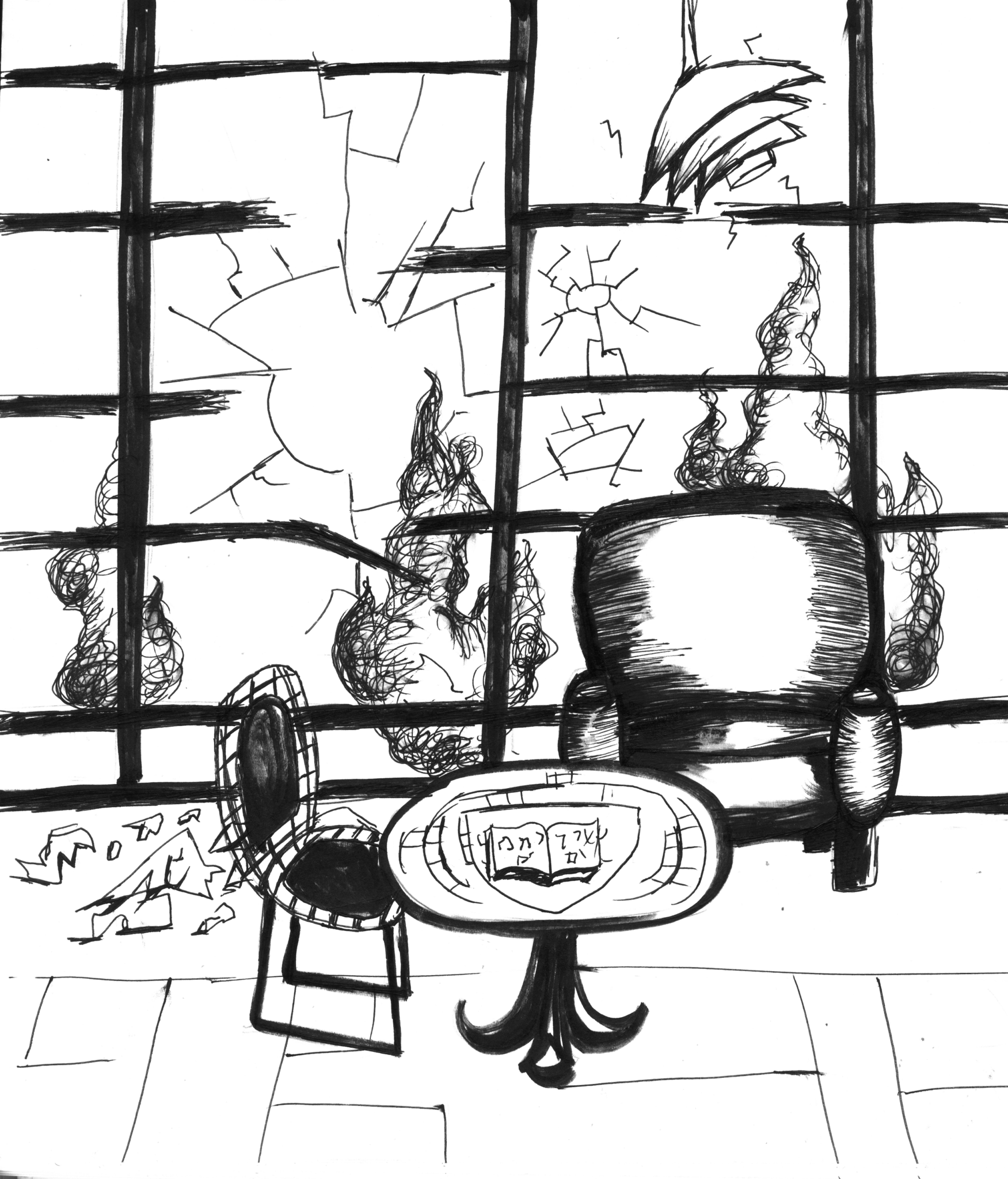
Alas, we are past the point where disagreements about the future of Bass Library can be politely handled by writing emails to a dead-end site set up to absorb excess anger on the subject. What looms is not just a renovation project to ruin Bass Library, so beautifully, thoughtfully, tastefully constructed just a dozen years ago; it is a project to turn Bass Library into Bass Lounge, and thus to pursue a larger vision of having Yale follow the path so many satellite-campus state schools and for-profit colleges are following of letting consumer interest determine what majors are offered, what library resources are available, what use is made of academic or living spaces.
The irony is that even so crude a guide as “consumer interest” would not produce the current renovation plan for Bass Library. Students do want more study space in the libraries, but they want that space in libraries, so it is ludicrous to propose removing all the books from the concourse level of Bass to make more airport-like seating. If “consumer interest” were the standard, the Bass collection of some 150,000 volumes might be reduced, say, to the 100,000 most frequently borrowed plus the books requested by professors to be out there for students to see. Even a reduction to 75,000 volumes would leave a sustainable and potentially admirable undergraduate library collection — especially admirable if faculty (not just circulation statistics) were regularly involved in deciding which new books belong in Bass and which old ones should be shelved in Sterling Memorial Library. But the proposal to reduce the collection to 40,000 volumes, and to have these stored on the lower level or (for books on reserve) behind the circulation desk where there will be no browsing, is just shameful. I do not believe that a survey was taken to ask students whether, if they had to choose, they would choose to house all the Arden Shakespeare volumes or vending machines in Bass. That is not the way to make decisions about an undergraduate library. But how far above that was all the surveying that was supposedly done?
Was it any less ludicrous to hire an ethnographer who asked concerned professors to play with collections of sea shells, feathers or marbles to get professors more accustomed to the idea that collections don’t have to be collections of books? Those of us who endured that session, so disrespectful of our legitimate interest in the library, concluded that there was no exploration of views; such a session could only have been designed by someone with the prevenient belief that the emphasis on books in a library had to go.
If the major problem that the proposed renovation aims to correct is insufficient seating at night when underused Sterling with its huge reading rooms is closed, there is one immediate solution which would cost very little but add 100 fine study spaces: Instead of closing the tunnel to Bass from Sterling at its head, the basement of Sterling (call it “Bass East” if you like) could be left accessible and a retractable wrought-iron gate could block the marble staircase to the rest of Sterling. The other two doors to the Sterling Nave could easily be locked or given “emergency exit only” devices during after hours. A hundred extra study spaces and no architectural devastation! Contrary to what President Donald Trump insists on with his wall, not all solutions to complex problems are best resolved by new architecture.
Besides the loss of books from Bass, tens of thousands of which are in high circulation, what looms is the loss of the most beautiful furnishings, only a fraction of which the planned renovation would retain. But a little sense of history would not let this pass so easily. Cross Campus Library, the ghastly antecedent to Bass, was designed as a modernist “statement”; it was by design that the place was to be all in black and white. That may have made a very hip architect happy, but students loathed it. The warm tones of wood, brick, brown leather and “comfort green” in Bass are not just signs of good taste; they are marks of decorating with the interest of students, not fashion mongers, in mind.
If increasing the seating in Bass is a legitimate goal, why would anyone propose cluttering the concourse level with exhibit cases when there is all that empty space in the Sterling Nave where the exhibit cases used to be and rightly belong? When the Sterling Nave was restored, University Librarian Susan Gibbons said that the nave should be “a destination, not a passageway.” But by removing the exhibit cases, she has turned it into a passageway, an eerie one for visitors to fill and stare at emptiness. I am reminded of the look of certain restored German synagogues whose hollow magnificence, guides say, might be sullied by the presence of books, let alone worshipers. But actually, we have a better image of disapproval built right into that magnificent Eugene Savage mural that is the crown jewel of the Sterling Nave: One of the figures attending Alma Mater (the nude one!) was modeled on the reference librarian whom Savage so admired. Neither she in person nor her representation could be proud of the emptying of the nave of exhibits or the proposed emptying of Bass of books.
Leslie Brisman is the Karl Young Professor of English. Contact him at leslie.brisman@yale.edu .







